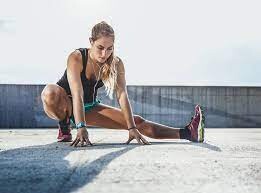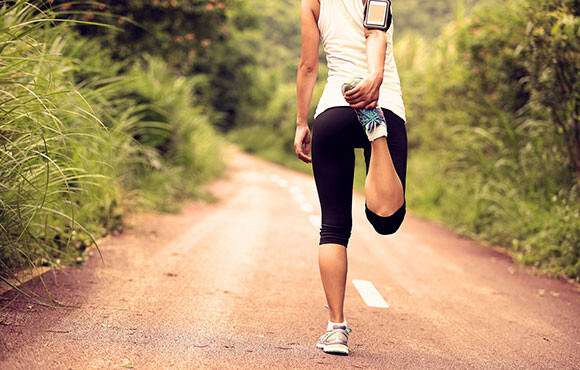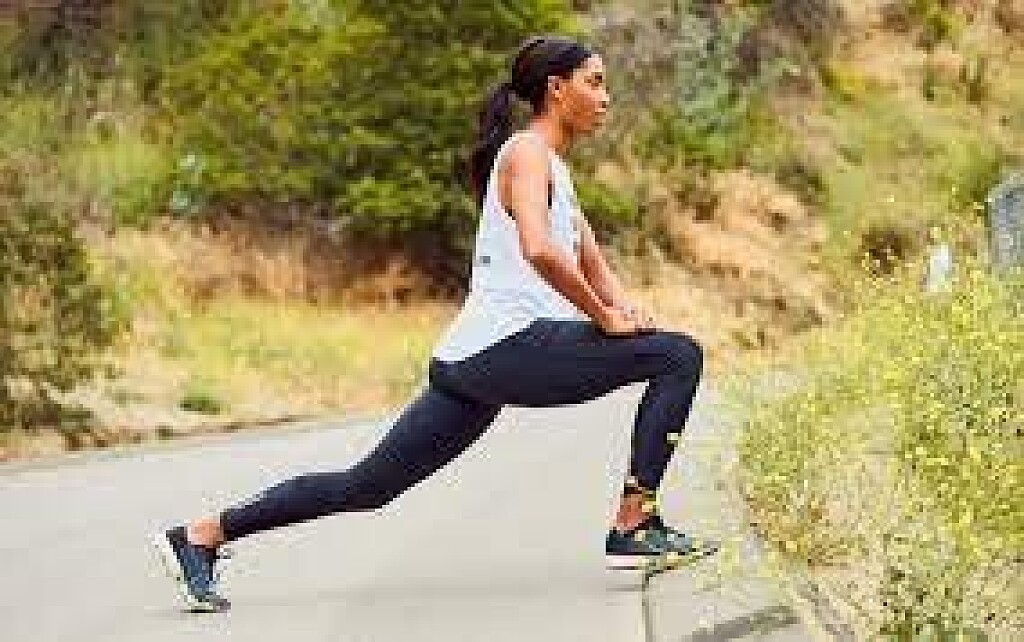Running News Daily
Running News Daily is edited by Bob Anderson. Send your news items to bob@mybestruns.com Advertising opportunities available. Train the Kenyan Way at KATA Kenya and Portugal owned and operated by Bob Anderson. Be sure to catch our movie A Long Run the movie KATA Running Camps and KATA Potato Farms - 31 now open in Kenya! https://kata.ke/
Index to Daily Posts · Sign Up For Updates · Run The World Feed
The Best Stretches Before and After You Run a Race
Stretching before running is almost a universally known rule, probably because it’s drilled into us at school from a young age. We are taught that if you don’t stretch you’ll probably pull a muscle and end up injured.
We completely agree that stretching is important, but you might be surprised to know that the type of stretching taught in schools is known as static stretching, and can actually hinder your running performance.
Because of this some people question whether or not stretching is required before a race, and it’s actually a commonly debated topic.

For one perspective, check out this video by Expert Village for their view on why and how to stretch before and after a run.
So what’s this dynamic versus static stretching all about?

Basically, the stretching technique you engage will determine if your muscles become dynamic and activated (ready for a run), or static and relaxed (when you want to cool down).
The last thing that you want to do before running, or any form of strenuous exercise, is to tell your muscles to relax. You want your muscles to become activated, warmed up, and prepped for activity.
A pre-running Static Stretching Study carried out by researchers in Brazil and summarized by Runner’s World concluded that “static stretching results in “a reduced capacity of the skeletal muscle to produce explosive force” which translates into a slower starting speed during the race.
Basically, runners that stretched using static methods beforehand performed worse in the beginning of the run in comparison to those who used dynamic stretching techniques.
So now we know why dynamic stretching is better for you, but what does it involve?
Here are the main points from Expert Village.
How to Stretch BEFORE a Run
Dynamic stretches basically involve moving through a full range of motion but in an active movement.
The first example provided by Expert Village is the Straight Leg March, where you move through a full leg motion kicking you toes up towards the ceiling. Your leg during this kick is to be as straight as it can.
This will elongate the back of the thigh muscle, stretching it but keeping it activated.
The other major muscle in your thigh to be targeted is the ones at the front known as the quadriceps (or the quads).
This can be done by doing a Walking Quad Stretch, which is lifting your foot towards your buttocks while keeping your knees side by side.
You alternate legs by taking releasing your foot, taking a step forward (being active) and then raising the other leg.
Living Strong recommends stretching all the major muscle groups that’s are used in running, so this means the quadriceps, hamstrings, gluteals, and hip flexors while incorporating other movements that warm up the abdominal, back and calf muscles.
How to Stretch AFTER a Run
Stretching after a run is important, particularly if you feel any tightness or pain as the movements will help to relax your tired muscles.
This is where static stretching comes in, whereby you hold the stretch for a longer period of time and often repeat the stretch.
Static stretching is key in maintaining the flexibility of the muscle and releasing the tightness often experienced by pounding the pavement.
Exercises recommended by Expert Village include the Straight Leg Hamstring Stretch, where you sit on the floor with one leg elongate, using your hips and not allowing your back to curve, you then bend your chest over your leg to stretch your hamstring.
You’ll probably see a lot of people doing these stretches before a big race, but as we mentioned previously, that’s big no no.
For relaxing your quad muscles, try lying on the floor on your side, then lifting your foot to your buttocks whilst keeping your knees aligned. This is similar to the Walking Quad Stretch, just on the floor, and the stretch is held for a period of time.
Login to leave a comment




